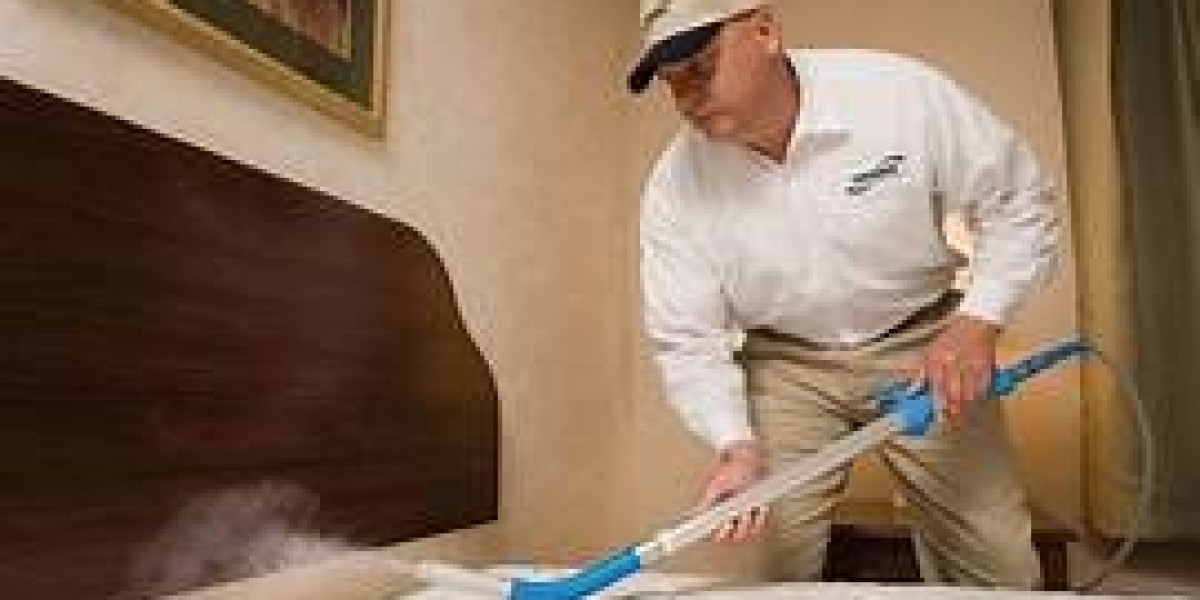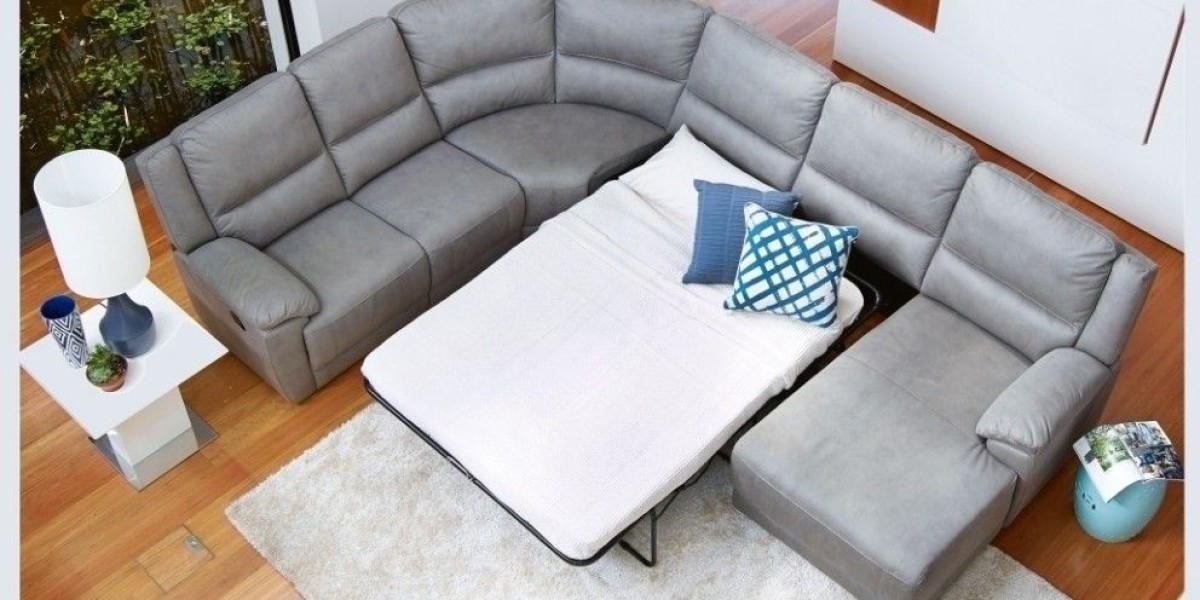Bed bugs are among the most unwanted and bothersome household pests, and understanding how they find their way into your home is the first step to preventing an infestation. These tiny, blood-feeding insects are skilled hitchhikers and can infiltrate your living space in several ways. In this blog, we'll explore the common avenues through which bed bugs can enter your home and how to safeguard your living environment from these persistent intruders.
1. Traveling with You
One of the primary ways bed bugs infiltrate your home is by hitching a ride with you. They're notorious stowaways in luggage, clothing, or bags when you travel. You might unknowingly pick them up from infested hotel rooms, public transportation, or even a friend's house. Once they've latched onto your belongings, they can easily make their way into your home when you unpack.
2. Second-Hand Furniture and Belongings
Bringing second-hand furniture, especially items like mattresses, couches, or chairs, into your home can be a risky venture. Bed bugs often hide in the seams, crevices, or upholstery of used furniture. If the previous owner had a bed bug infestation, these pests might transfer to your living space when you introduce the infested items. Always inspect and, if possible, treat used furniture before bringing it indoors.
3. Visitors and Guests
Though it may seem unlikely, guests or visitors to your home can inadvertently introduce bed bugs. If they've recently stayed in an infested location, they could unknowingly carry bed bugs with them. Encourage guests to inspect their luggage and personal items for any signs of bed bugs before visiting.
4. Neighboring Infestations
Bed bugs are excellent travelers and can easily migrate from one apartment, condominium, or townhouse to another. If you live in close quarters with neighbors, an infestation in one unit can quickly spread to others. This is especially true if your living spaces share walls, plumbing, or electrical systems.
5. Used Clothing or Thrift Store Purchases
Similar to second-hand furniture, bed bugs can find their way into your home through used clothing or thrift store purchases. Always inspect and wash or dry-clean clothing items before adding them to your wardrobe.
Now that you understand how bed bugs can infiltrate your home, it's crucial to take proactive steps to prevent infestations:
Inspect Your Belongings: When returning from a trip or receiving used items, carefully inspect your luggage, clothing, and furniture for signs of bed bugs.
Regular Cleaning: Keep your home clean and clutter-free, reducing potential hiding spots for bed bugs.
Use Protective Covers: Invest in mattress and box spring encasements to prevent bed bugs from infesting these prime hiding places.
Regular Inspections: Routinely inspect your home for any signs of bed bugs, such as red or brown stains, shed exoskeletons, or tiny, apple seed-sized insects.
Seek Professional Help: If you suspect an infestation, don't hesitate to contact a professional pest control service to address the issue promptly and effectively.
By understanding how bed bugs can enter your home and taking preventative measures, you can significantly reduce the risk of dealing with a troublesome and costly infestation. Vigilance and early detection are key to maintaining a bed bug-free living environment.








